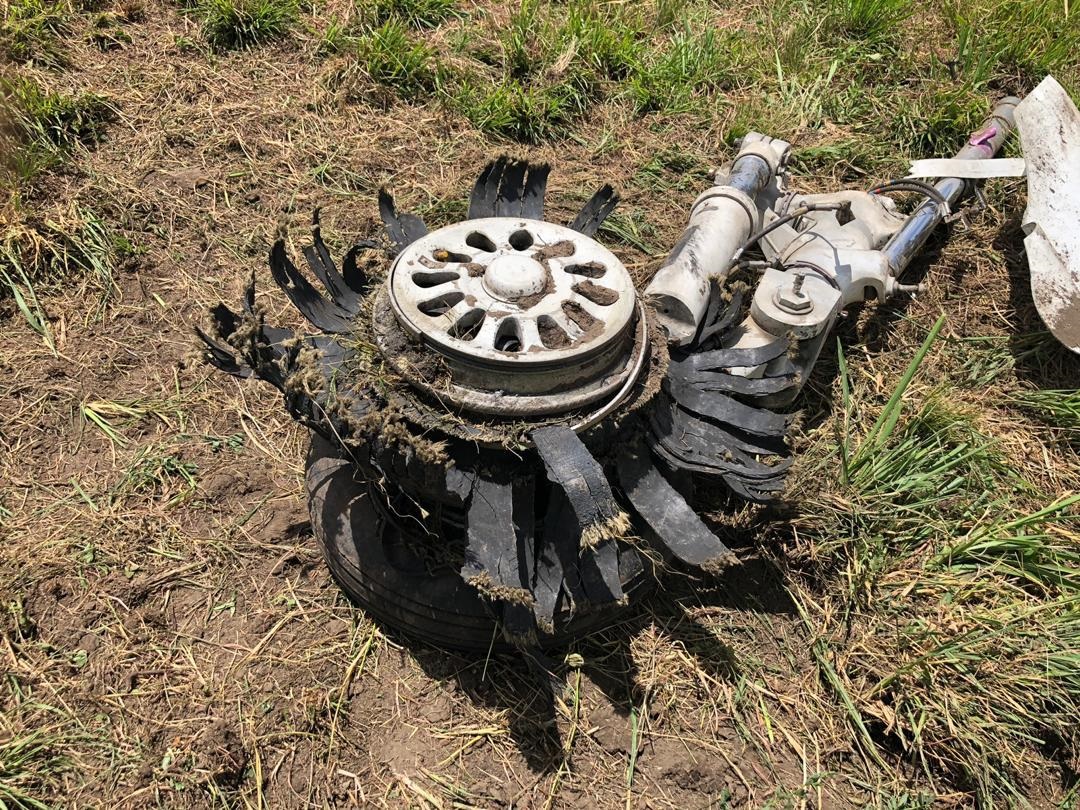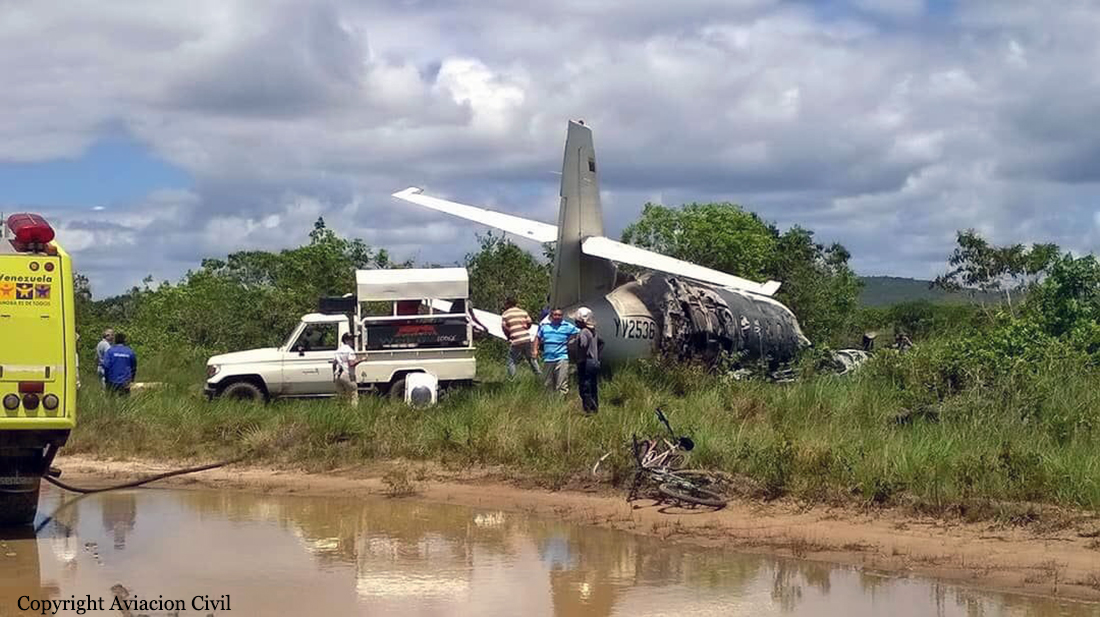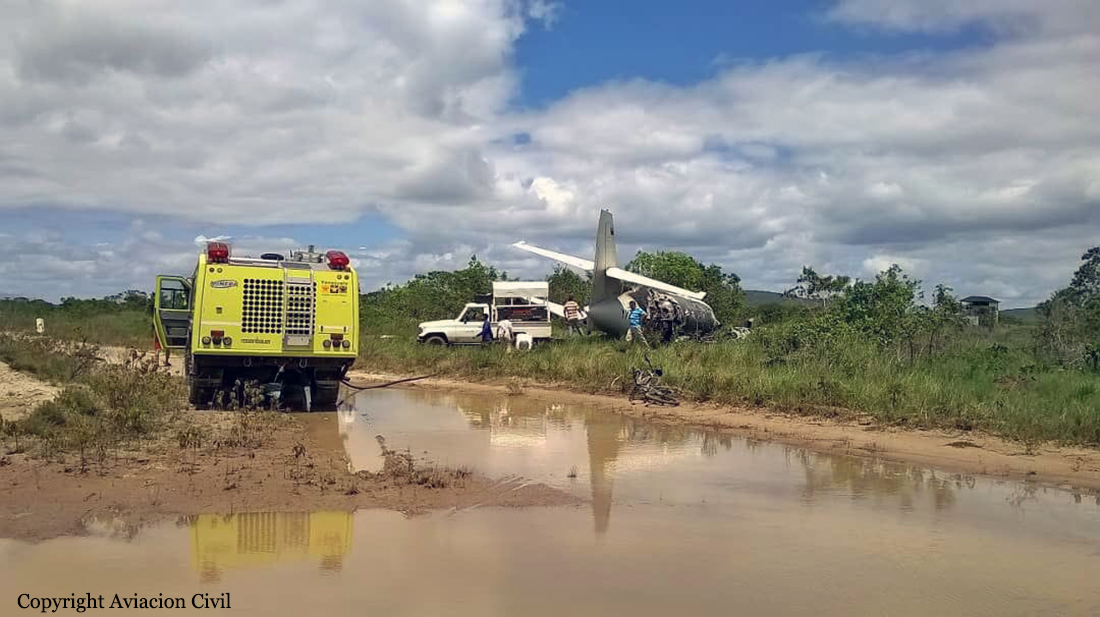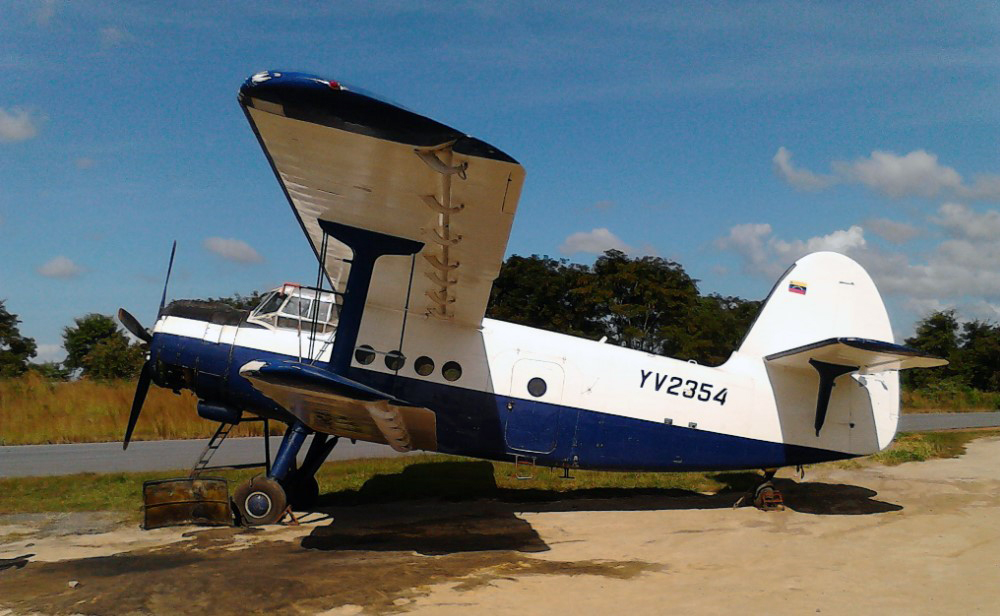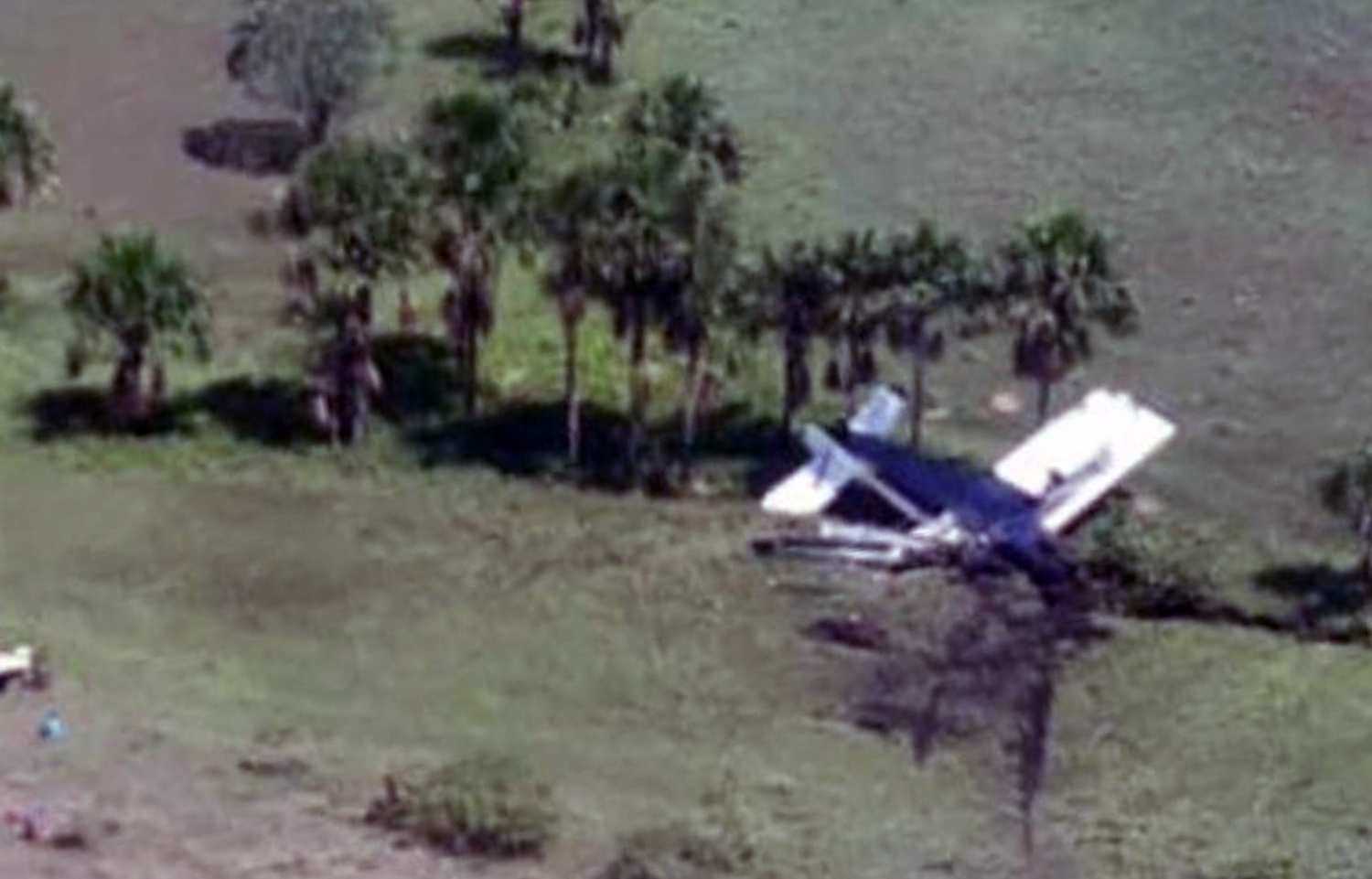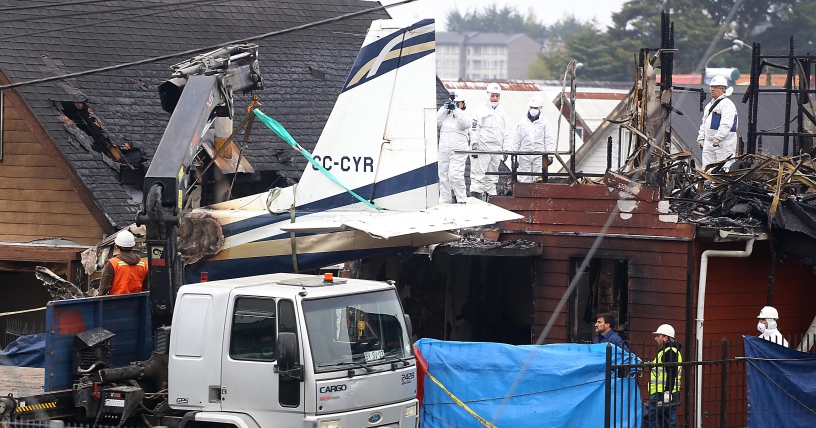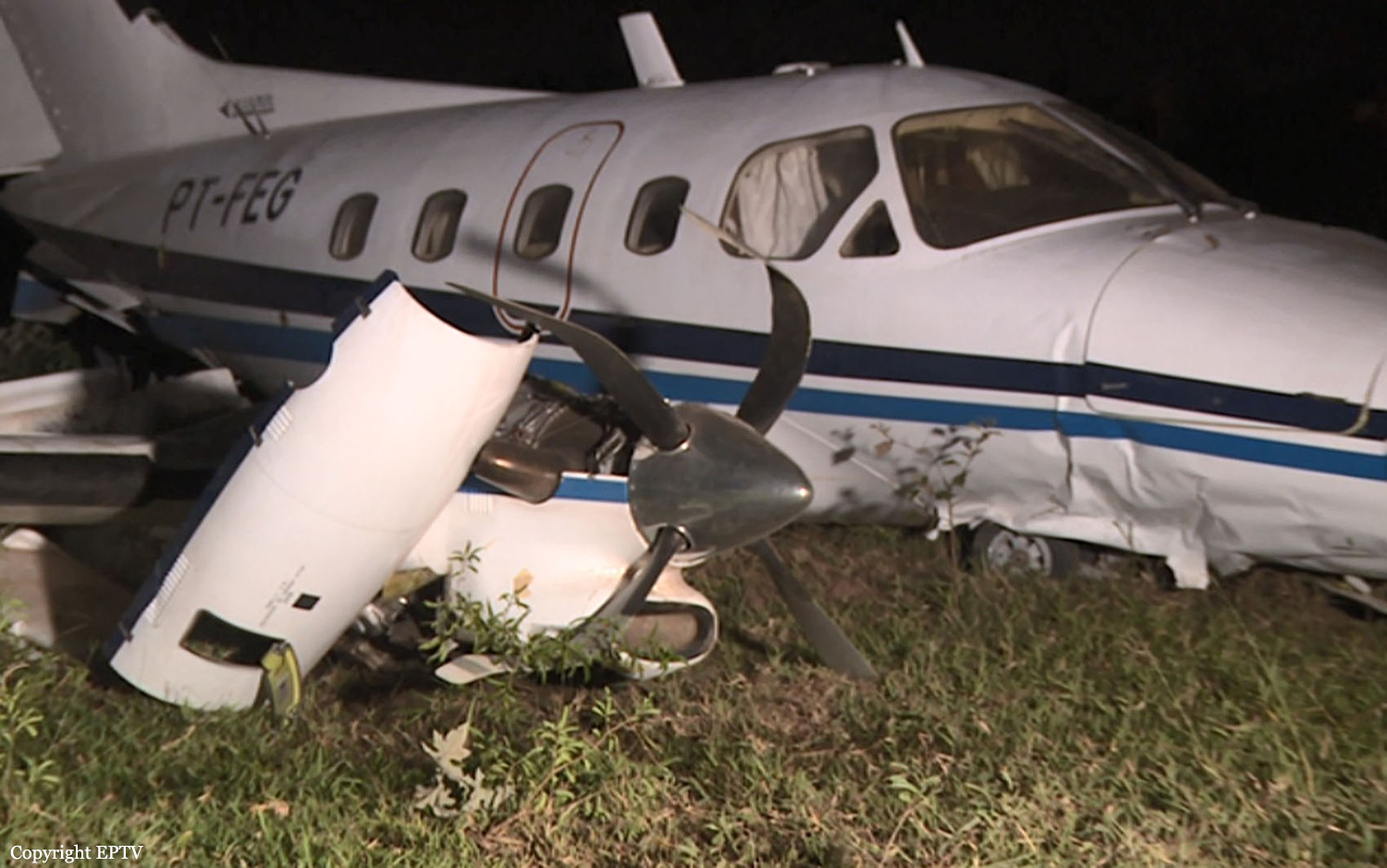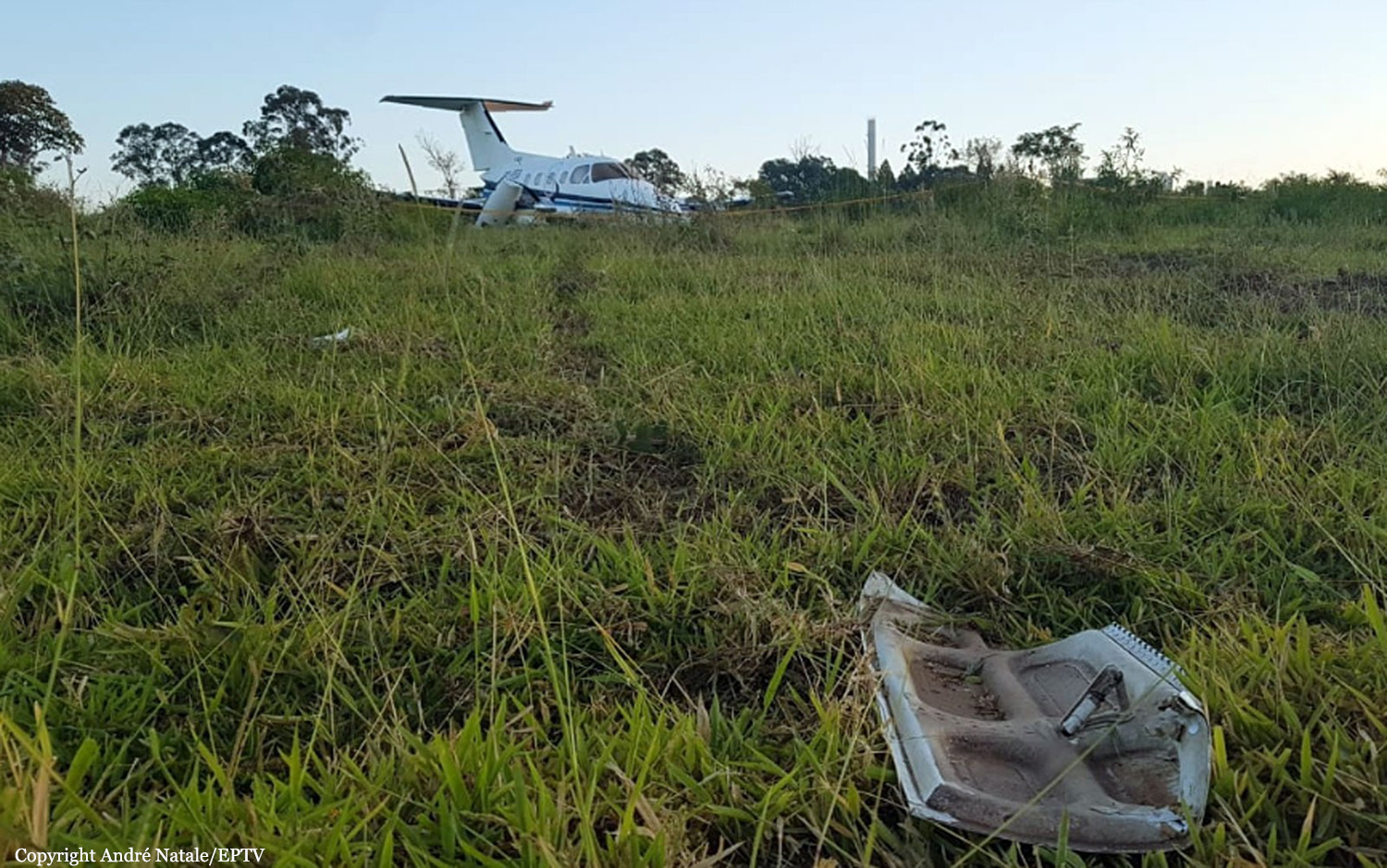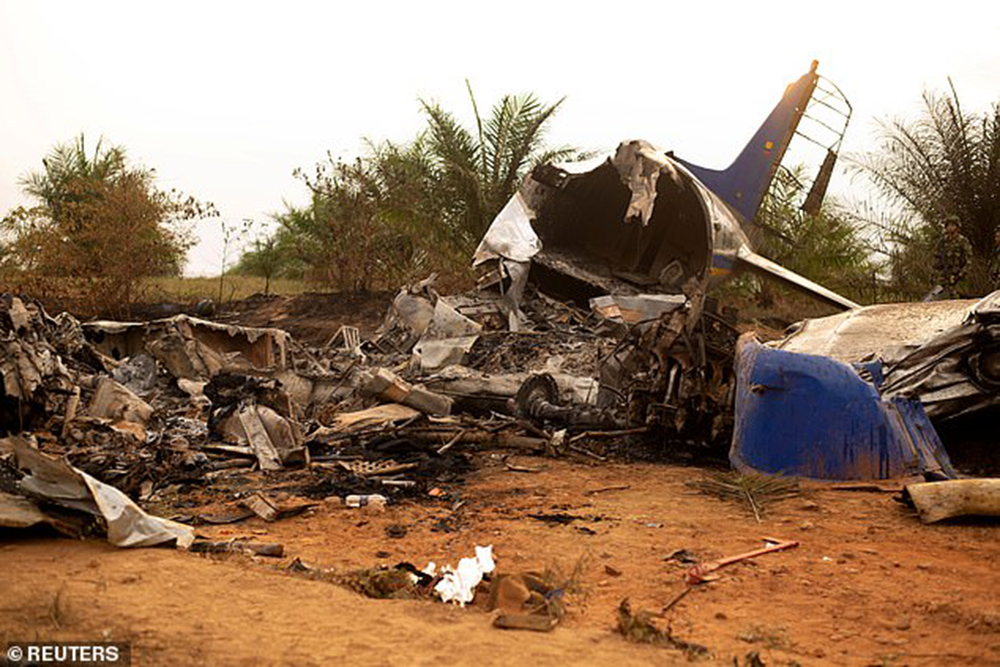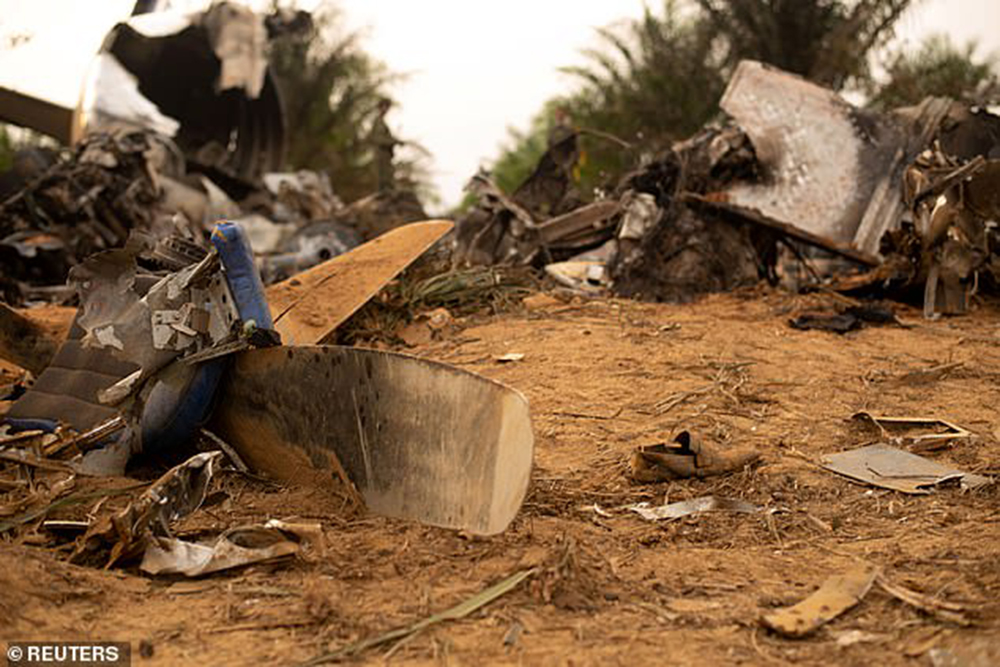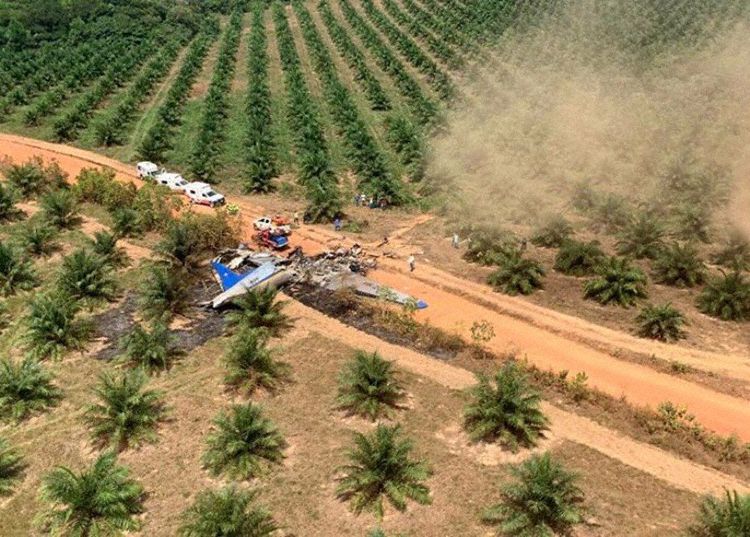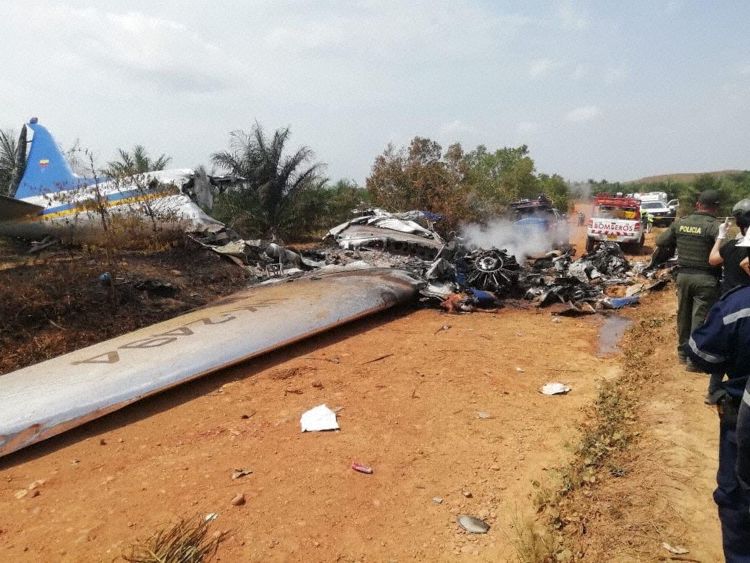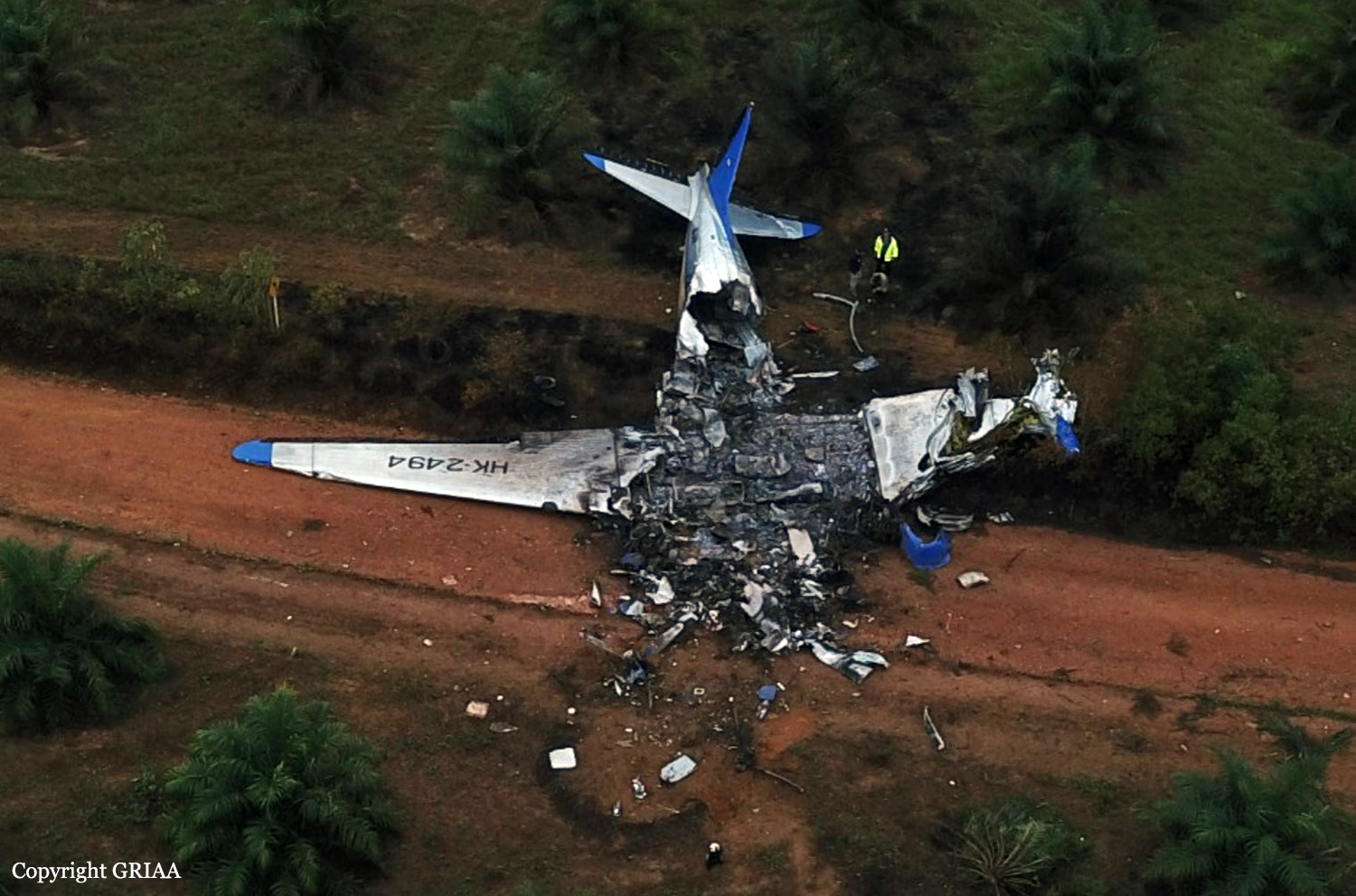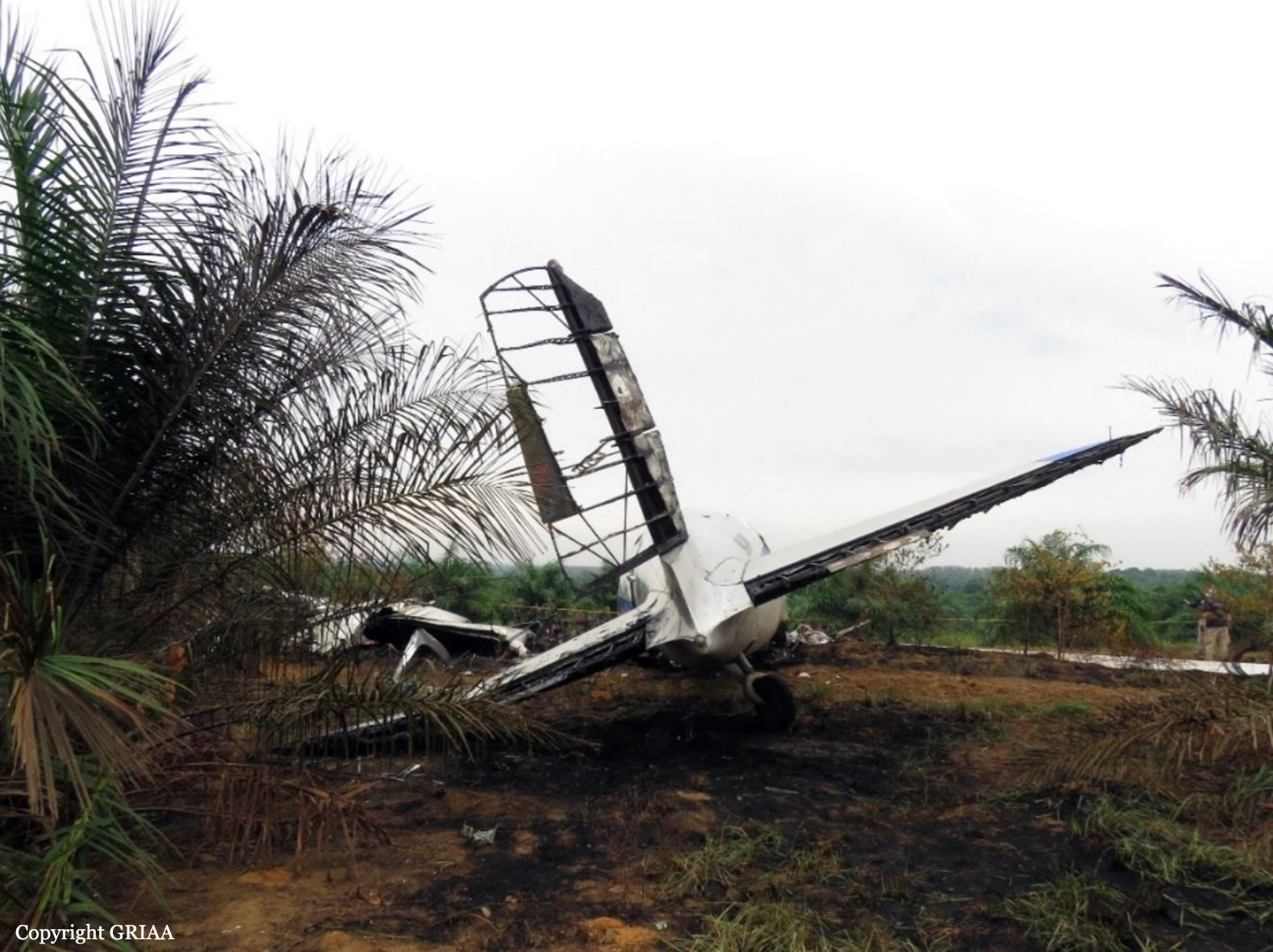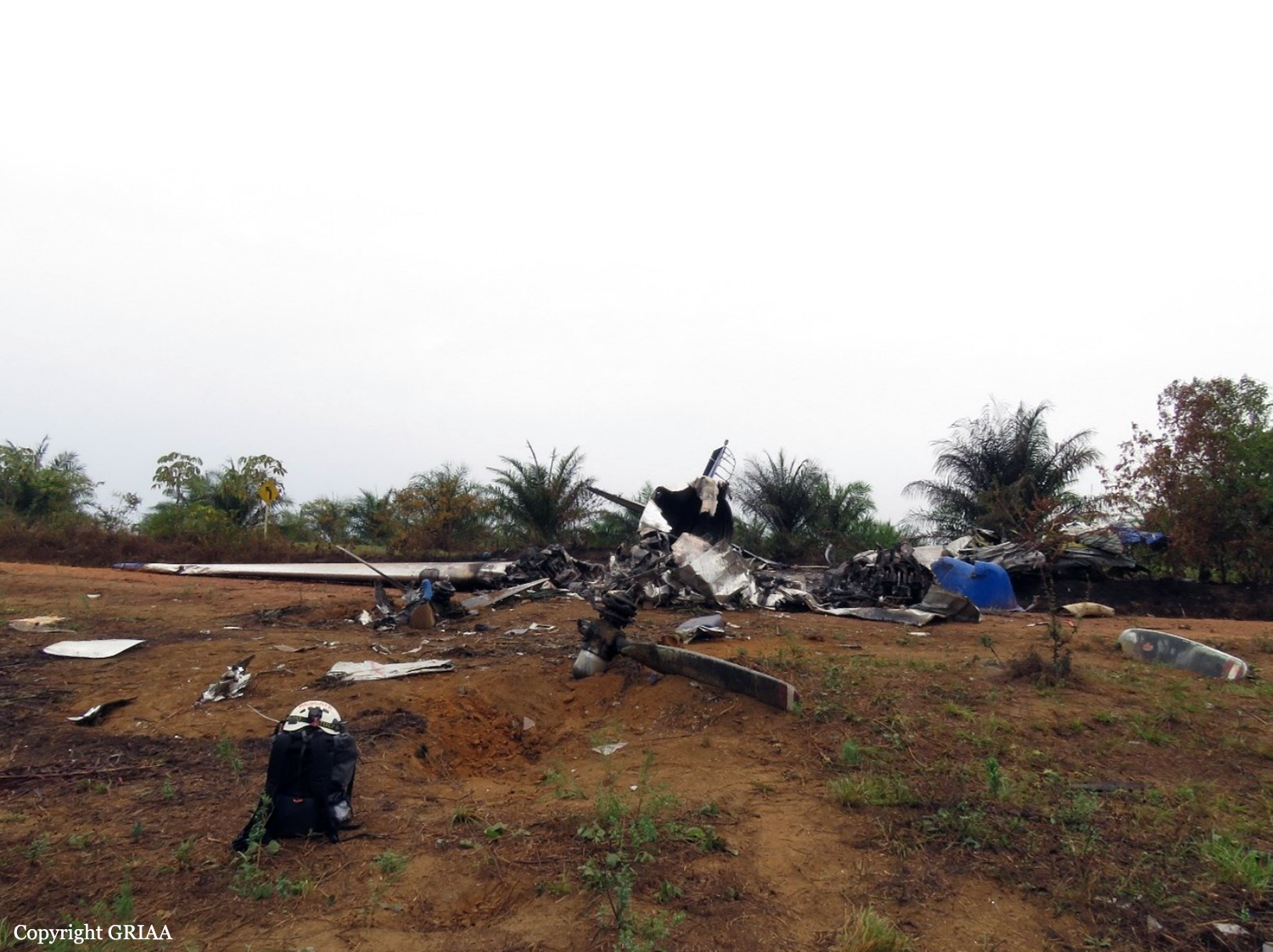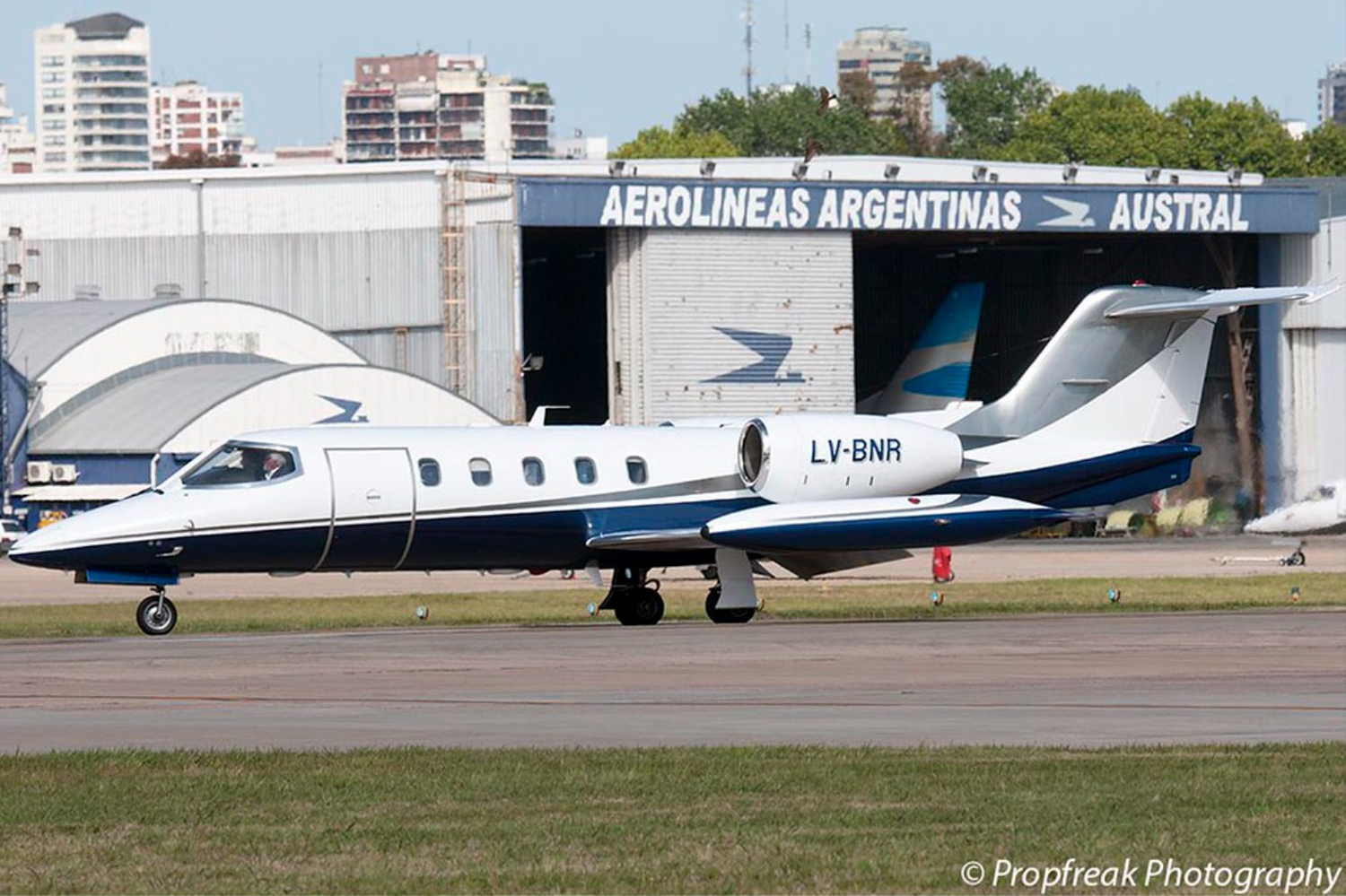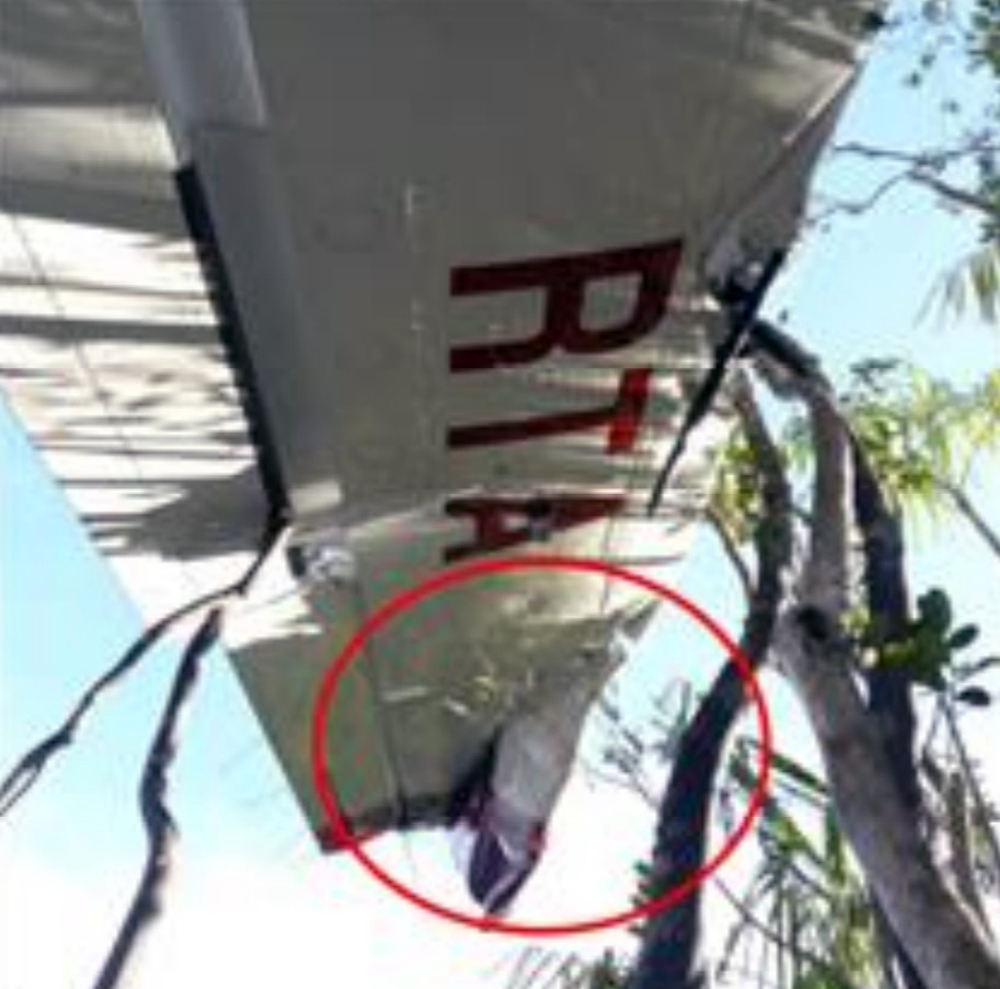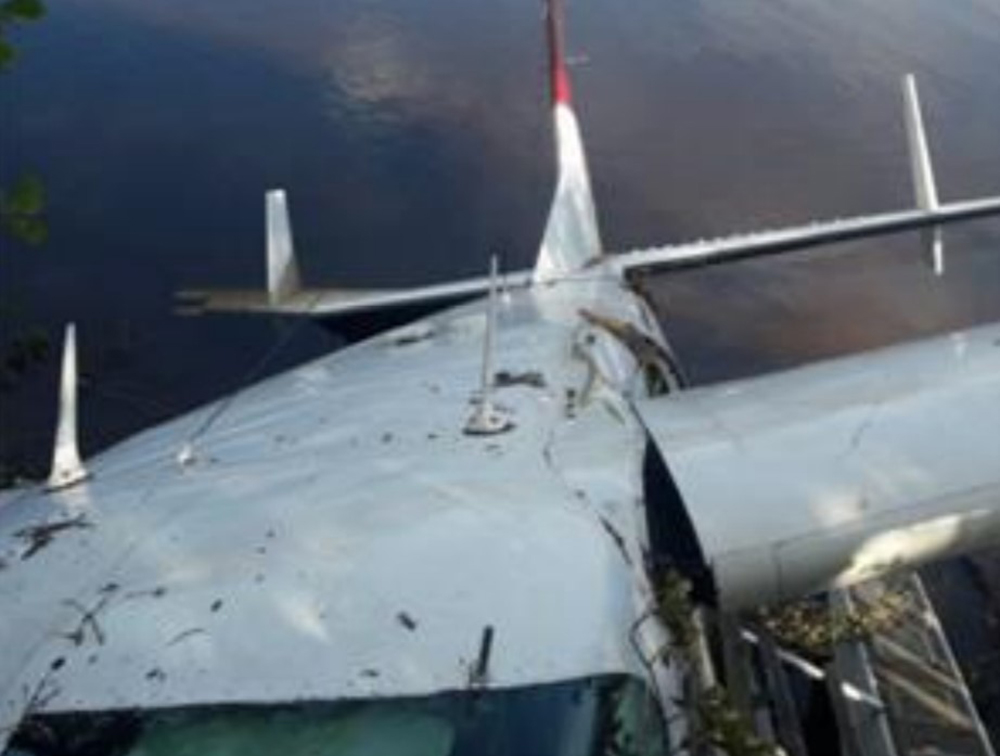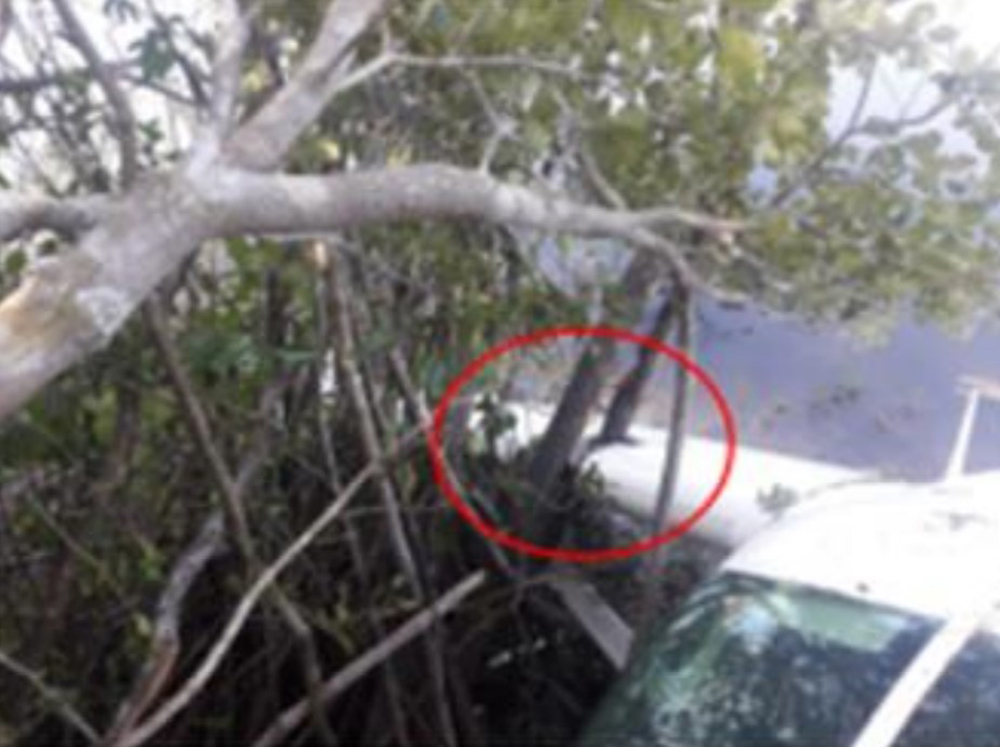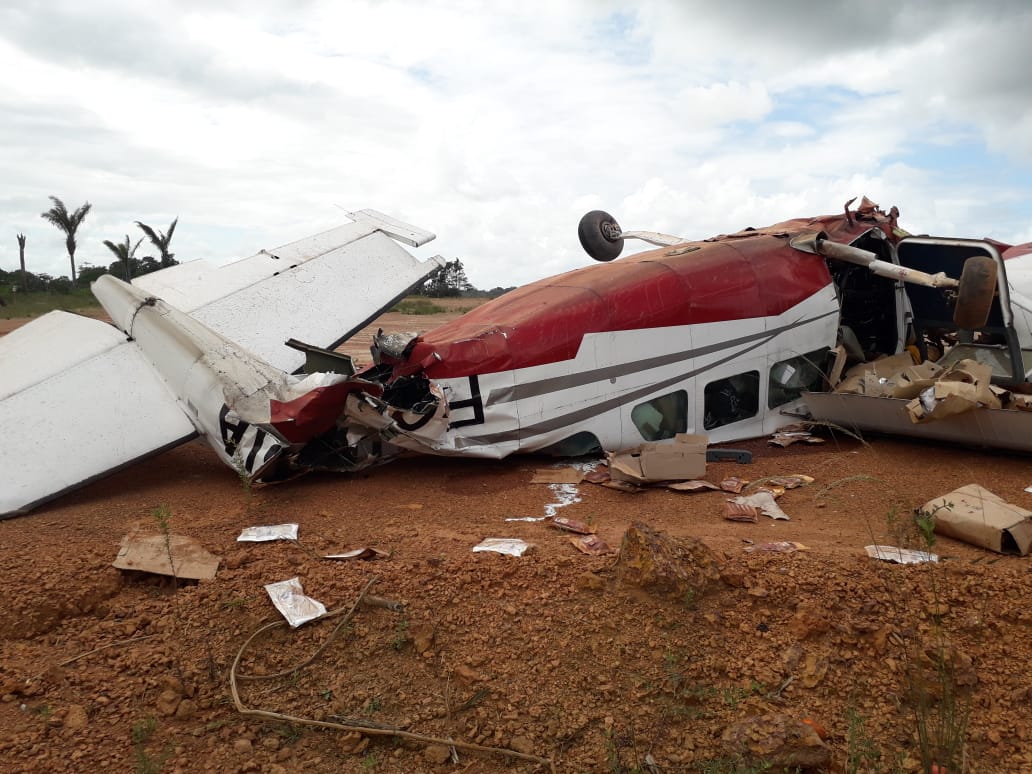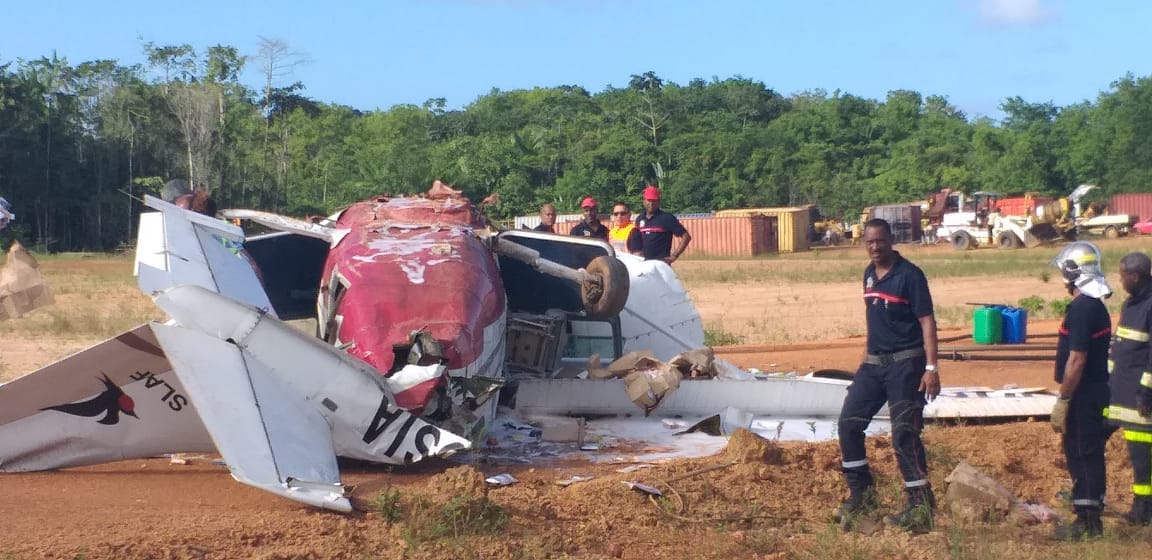Crash of a Cessna 750 Citation X at La Carlota AFB
Date & Time:
Aug 21, 2019 at 1100 LT
Registration:
1060
Survivors:
Yes
Schedule:
La Carlota - La Carlota
MSN:
750-0134
YOM:
2000
Crew on board:
2
Crew fatalities:
Pax on board:
0
Pax fatalities:
Other fatalities:
Total fatalities:
0
Circumstances:
The crew was engaged in a local test flight at La Carlota-General Francisco de Miranda AFB in Caracas. During the takeoff roll, a tire burst on the right main gear that collapsed and was torn off. The airplane veered off runway to the left then the left main gear collapsed as well and the airplane came to rest on its belly with the nose gear still extended. There were no injuries among the crew.

